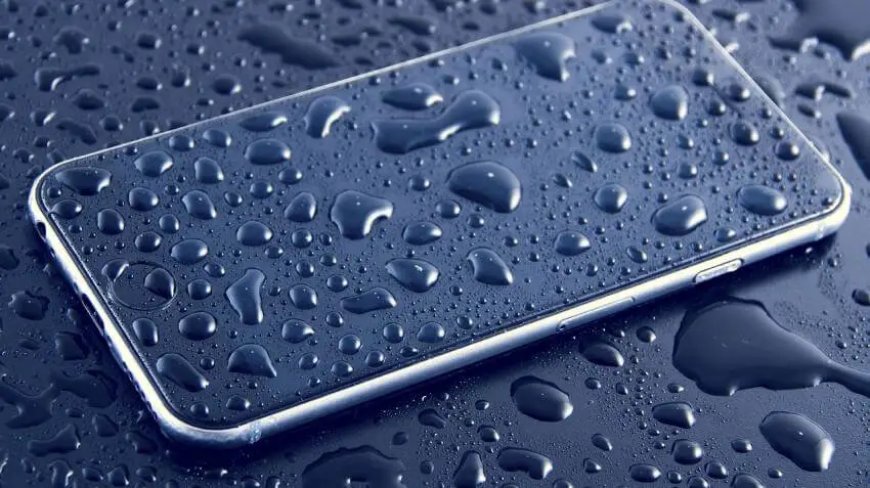How to understand whether the phone is waterproof or not
The IP rating is used to indicate how protected a smartphone is from dust and water. Different smartphones have different IP ratings. So it is very important to know about IP rating.

What to do to get IP rating
Usually the price of the smartphone also goes up a bit for the IP rating. It is costly as it is sent to an external independent agency for testing. But testing for each IP rating is laborious and costly, so if a company is confident about their smartphone's rating, they can apply for an IP68 or IP66 rating. That will depend on the IP rating the company is seeking. The higher the IP rating, the higher the cost.
For this, companies usually adopt two types of methods. They usually try to reduce the price of the phone by doing internal IP test for flagship phones. The data obtained from internal IP tests are presented by these companies as phone features to customers.
How to read IP rating
IP rating usually consists of two digits ie 68, X8, 67, 66. They should read something like this, IP 6 and 8 or IP X and 8. Not just 68 or 67 by any means.
The first digit is used to protect against dust and sand, with a score of 0 to 6. A '6' means the phone is completely protected from dust, if the score is '0' it is denoted by an 'X'. Generally most phones fall between 5 and 6 scores.
The second digit is used to indicate how protected it is from water. Its rating scale is 0 to 8. 8-rated smartphones can last up to 30 minutes in water at a depth of about 1 meter.

What does IP X8, IP66, IP67, IP68 mean?
Take Samsung as an example. Its new foldable smartphone 'IPX8' is fully protected from water but not from dust. Because, it uses 'X' in the first digit.
The problem here is that anything wet attracts dust very quickly, so if a smartphone is not 'dust protected', it can damage the screen. But as mentioned earlier IP is used only in water and dust context, so it is better not to go to sea or beach with this kind of smartphone.
IP66 – It provides complete protection from dust but not complete protection from water. A little water or hand spillage is fine, more than that won't protect it.

IP67 – This also gives complete protection from dust but not complete protection from water. But it is better than IP66. IP88 – It provides complete protection from both dust and water.
Finally, consumers are reminded again that this rating only provides protection against dust and water, not against other substances such as seawater, coffee or hand sanitizer.
What's Your Reaction?











































